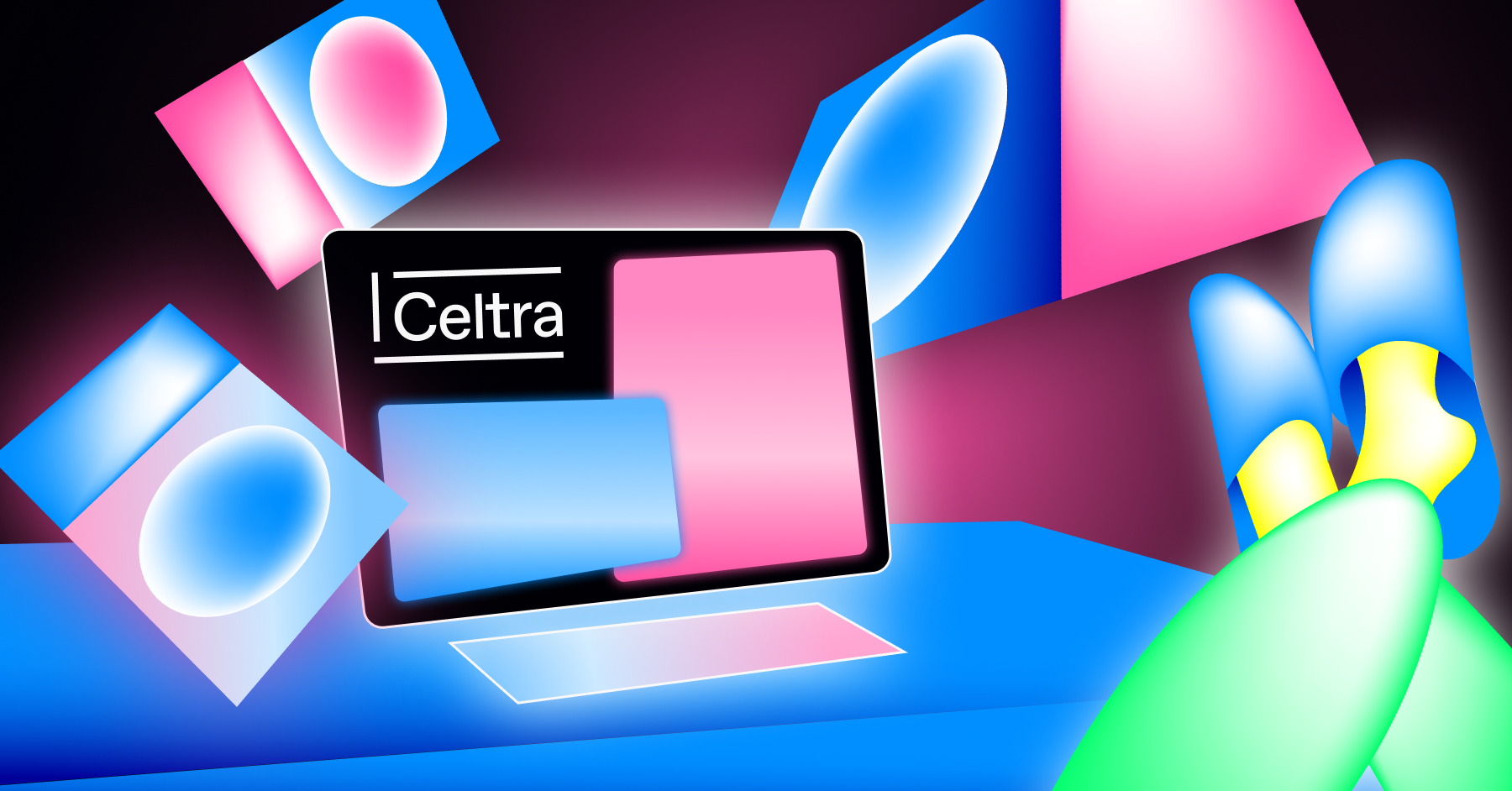As the world becomes increasingly automated, it’s tempting to outsource more work to machines, tech, and AI. When done right, automation can enhance all aspects of business, from security and marketing to creative production – promising the efficiency, consistency, and repeatability needed to complete and scale tasks that once took up entire days. However, creative automation is not a one-size-fits-all all answer. As we become more reliant on machines to assist with productivity, it’s becoming more important to find ways to balance human creativity and technology. Ultimately, the final output should reflect the highest quality, innovation, and originality and align with the brand’s artistic vision.
Why use Creative Automation?
The benefits of technology and automation help improve business in a myriad of ways, extending also into the creative functions of businesses.
With automation, you gain agility in your creative processes. Completing repetitive and time-consuming tasks at lightning speed frees the creative mind from the drudgery of monotonous chores. With automation taking care of business, humans can channel more energy and expertise into value-adding activities, such as brainstorming, ideation, and strategic decision-making. Creativity flourishes when the mind is unburdened, and automation is the key to unlocking this creative potential.
Moreover, automation fosters better coordination and collaboration among creative teams. Automation tools streamline workflows. Imagine a world where files organize themselves, version control becomes a seamless process, and collaboration is optimized… Automation tools do exactly that. It also ensures that all (cross-functional) team members have access to the latest assets and information.
With more precision and consistency, automation eliminates the ever-present risk of human error, a potential pitfall that mars the quality of creative output. From design elements to formatting and adhering to branding guidelines, automation ensures that every detail is executed flawlessly, maintaining a consistent and cohesive brand identity across various assets. With automation, creativity is not just innovative; it’s precise and reliable.
Perhaps one of the most compelling benefits of automation is its ability to save costs. Reducing the need for manual labor and minimizing errors leads to significant cost savings over time. This democratizes creative production, making it accessible to smaller businesses and individuals with limited resources.

Striking the balance between automation and creativity
Balancing creativity and automation is a crucial challenge within the creative industries. Striking the right balance between these two elements can lead to innovation, efficiency, and productivity. Different situations may require different levels of creativity and automation, so it’s important to start by understanding the specific context and goals of your project or tasks. Automation can help with tasks that are less about delivering original design and more about appropriating original design across different scaling dimensions.
When to use creative automation
Here are a few scenarios where you might consider using automation for creative production
- When you have original designs ready for scaling across different markets, languages, minor design variations, etc.
- For repetitive and time-consuming tasks like updates to images, copy, and logos. Automation frees up time for creative professionals to focus on strategic and innovative aspects.
- For repetitive video editing tasks such as adding subtitles, transcribing voiceovers, color corrections, and repurposing animations.
When not to use creative automation
While automation has become an invaluable tool in streamlining various processes, it should never entirely replace the human touch. Creativity, and its essence of originality, and uniqueness, thrives in the hands of human intervention.
Artisanal creatives that require specific art direction with complex animation/video production are difficult to automate Tasks like scaling 3D object animations or crafting distinctive text animations through intricate tools are processes that defy full automation.
Designer input is necessary when catering to culture-specific nuances for local market adaptations. Specific cultural insights and artistic sensibilities are left to the creative to ensure the content resonates with the relevant audience. Similarly, when you need to create personalized content for individual users or specific target audiences, human input is often necessary to understand and respond to nuances.
Early stages of creative production, where ideas are being brainstormed, concepts are being developed, and the direction is still uncertain, relying on automation can stifle the organic creative process. Creative ideation requires heavy human input to explore different possibilities.
Creative automation is about building efficiencies for content creation and production rather than creativity itself. It transforms how creative teams work today, removing bottlenecks that prevent them from thriving and giving them more time and space to truly flourish. Creativity is inherently and permanently human. We can create with technology, but we can’t teach it creativity – at least not in the short term.
Ready to start with Celtra?
Embrace the power of automation to set your creativity free. No more tedious tasks, just room for endless inspiration, experimentation and innovation! Book a demo to find out more about Celtra.






